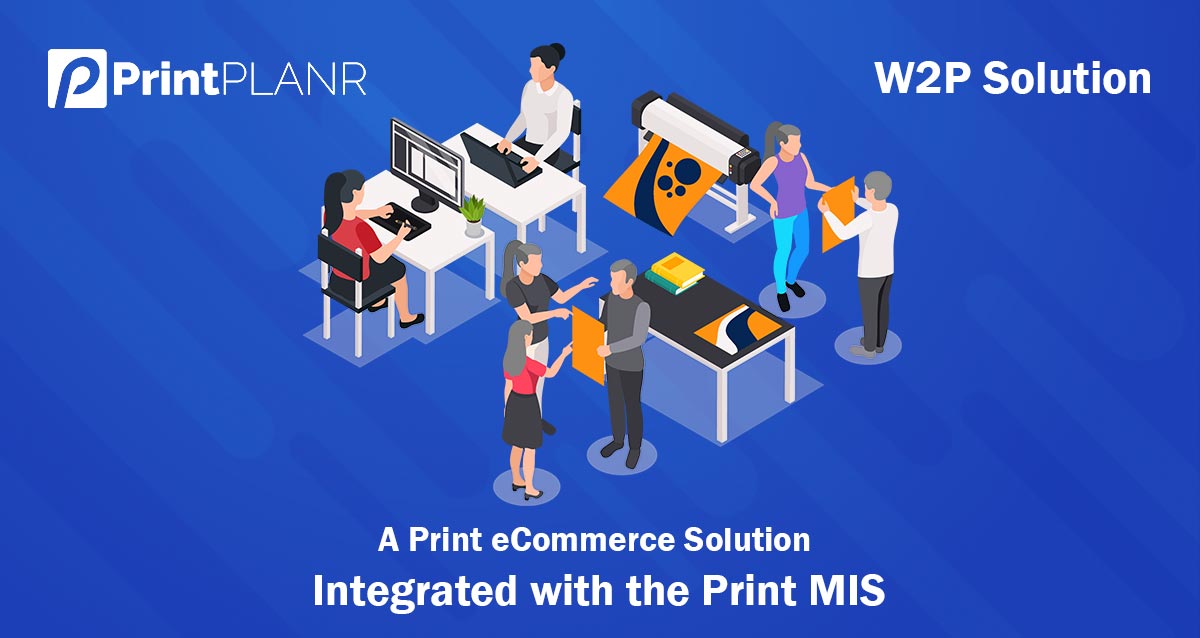Incorporating Web 2 Print into Your Current Online Selling Plan

Within the current fast-paced online environment, companies are constantly seeking out innovative solutions to enhance their processes and cater to customer needs. One such transformative technology is web-to-print, that is revolutionizing the print industry by connecting the divide between conventional printing processes and the online environment. Such software enables companies to offer tailored printing services directly through their e-commerce sites, simplifying the process for customers to create and purchase personalized products from the comfort of their homes.
As e-commerce continues to expand, the integration of web-to-print solutions has turned into crucial for print shops looking to thrive in a competitive environment. Thanks to the capability to streamline order management, improve operational efficiencies, and provide an enhanced client experience, web-to-print software is not just a trend but a powerful tool for both businesses. In this article, we’ll discuss what web-to-print software is, its myriad benefits, and how integrating it into your online strategy can position your company for growth in an ever-evolving market.
Grasping Print-on-Demand Solutions
Web-to-print platforms indicate a substantial shift in how businesses handle print requirements. By leveraging digital technologies, these systems allow users to reach and tailor printed materials via the internet, processing their purchases efficiently through a web portal. This development dramatically facilitates the design-to-production workflow, enabling businesses to satisfy client requests for customization and quick delivery times without the conventional limitations of printing operations.
The emergence of web-to-print solutions has changed the publishing industry by streamlining many aspects of order processing and execution. Instead of relying on traditional methods, organizations can leverage these platforms to improve efficiency, minimize issues, and boost productivity. This mechanization not just saves effort but also enhances productivity, permitting printing businesses to dedicate themselves to design elements rather than routine duties.
Moreover, the combination of web-to-print platforms with digital retail systems is paving the way for organizations to access new revenue streams. By presenting pop over to this web-site on their e-commerce sites, companies can form unique selling points that draw in and keep consumers. The capacity to effortlessly control and execute requests guarantees that print shops remain competitive in an increasingly online environment, affirming the importance of web-to-print as a crucial element of contemporary online business strategies.
Integrating Web-to-Print and E-Commerce
Merging print-on-demand technology into your the digital sales strategy can greatly boost your online sales performance. With providing a smooth experience, clients can easily customize and order custom goods directly through your digital store. This combination not only enhances the purchase workflow but additionally enables flexible inventory offerings that can be tailored to customer preferences. A carefully designed print-on-demand solution facilitates real-time glimpses, guaranteeing which shoppers view exactly what it is that they are buying, which boosts customer satisfaction and lowers return levels.
Furthermore, the automated capabilities of on-demand printing technology simplify purchase completion. Once a customer makes an order request, the data is immediately passed to your production production unit, reducing human data entry as well as accelerating the the production process. Such effectiveness is vital for managing substantial amounts of sales, especially during busy times. Additionally, companies can leverage these linkages to gather important customer insights, which can be used to enhance advertising efforts and tailor product reflecting buying habits.
Ultimately, the merging of online retail and print services supports personalized and bespoke offerings, tapping into a growing consumer need for distinct and tailored products. Shoppers value the capability to create their custom designs or adapt template products, as this fosters a feeling of ownership as well as engagement with the business. As e-commerce keeps to evolve, organizations that efficiently merge web-to-print systems stand to be strategically placed to capitalize on new trends as well as client expectations, strengthening their position in the competitive digital landscape.
Future Developments in Web-to-Print Technology

The landscape of web-to-print technology is quickly evolving, with notable advancements on the horizon. One prominent development is the integration of AI and machine learning, which are set to enhance personalization capabilities. These innovations will allow print businesses to scrutinize customer data more efficiently, allowing tailored product suggestions and adaptive pricing structures. This change will not only improve customer satisfaction but also boost increased sales conversions by offering customers with products that align with their needs and wants.
Another important development is the increased emphasis on sustainability within the web-to-print sector. As awareness of eco-friendly matters grows, businesses are seeking strategies that reduce waste and allow for eco-friendly printing practices. Print-on-demand software will likely evolve to include more capabilities that promote sustainable operations, such as options for digital proofs to reduce material consumption and the procurement of sustainable materials. Businesses that prioritize green practices in their print-on-demand offerings will attract environmentally conscious customers and differentiate themselves in a challenging landscape.
Additionally, the move towards cloud-based services is expected to gain momentum. With the convenience of accessing software from any place, print businesses will gain improved cooperation and adaptability. Cloud-based web-to-print systems will facilitate remote work, streamline order management, and enable real-time updates on inventory and production. This movement will enhance operational efficiency, allowing companies to grow more efficiently while maintaining high levels of service. As more print businesses adopt these technologies, we can expect a more interconnected and streamlined printing ecosystem.
